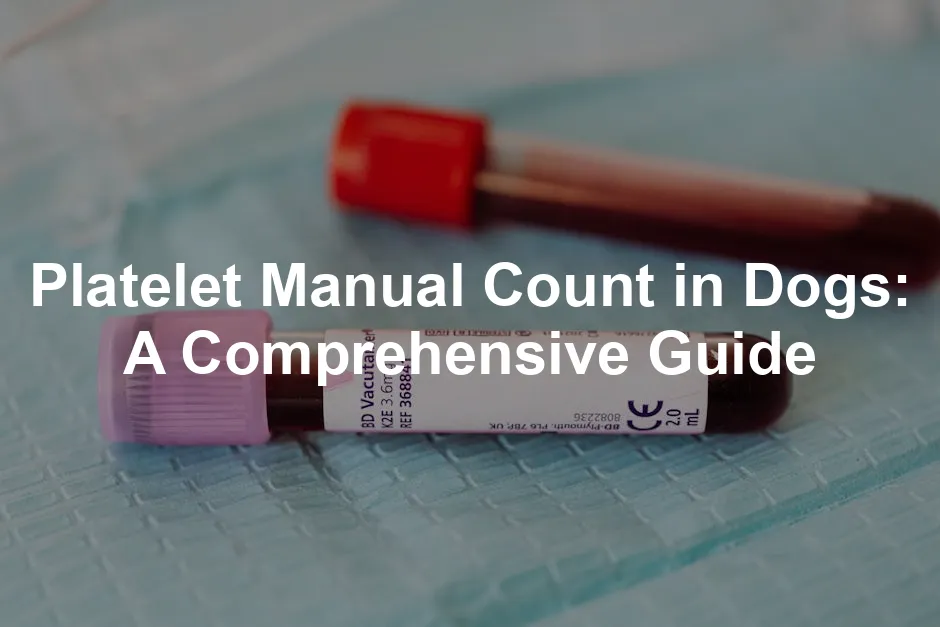Introduction
Have you ever wondered how veterinarians determine your dog’s platelet count? It’s a crucial part of diagnosing health issues. Platelet counts tell us about your dog’s ability to clot blood, which is vital for healing injuries.
There are two main ways to count platelets: automated methods and manual counting. Automated systems are quick and efficient but can sometimes miss important details. Manual counting, while slower, allows for a more thorough examination. This article will guide you through the manual platelet count process in dogs, helping you understand its importance and how it’s done.
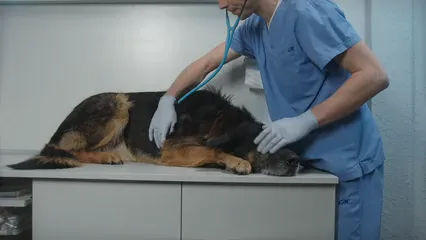
Summary and Overview
Platelets are tiny cell fragments essential for stopping bleeding. They play a key role in hemostasis, the process that prevents excessive blood loss. Accurate platelet counts are vital for diagnosing various health conditions, such as bleeding disorders.
Common disorders related to platelet counts include thrombocytopenia, a condition with low platelet levels, and thrombocytosis, where levels are abnormally high. Understanding these conditions helps in providing better care for your furry friend.
To obtain a platelet count, veterinarians can use different methods. In this article, we will focus on the manual counting techniques, which provide valuable insights into your dog’s health.
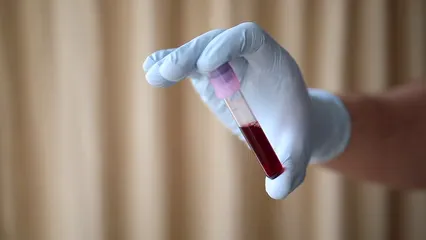
Understanding Platelets
What are Platelets?
Platelets, or thrombocytes, are small, anucleate cell fragments produced in the bone marrow. They play a crucial role in hemostasis. When a blood vessel is injured, platelets rush to the site. They adhere to the exposed collagen and form a temporary plug, stopping the bleeding.
Each platelet is made up of granules containing substances like calcium and ADP, which help in clotting. The average lifespan of a platelet is about 7 to 10 days. Their key functions include clot formation, maintaining vascular integrity, and aiding in wound healing. Understanding platelets is essential for recognizing health issues in dogs.
For those looking to dive deeper into the world of veterinary health, consider picking up a Veterinary Hematology Textbook. It’s a fantastic resource for understanding blood disorders in pets and can help you gain insights into your dog’s health.

Significance of Platelet Counting
Why Count Platelets?
Counting platelets is crucial for several reasons. First, it helps in diagnosing various health issues in dogs. A proper platelet count can indicate potential bleeding disorders or inflammatory conditions. Monitoring platelet levels is vital for conditions like thrombocytopenia, where platelet counts are low, leading to increased bleeding risks. It is also essential for inflammatory diseases, where platelet levels may fluctuate.
Normal platelet count ranges for dogs typically fall between 200,000 to 500,000 platelets per microliter (µL) of blood. Knowing these values helps veterinarians determine when further investigation is necessary.
Understanding how to ensure a smooth introduction between dogs and babies is essential for creating a safe environment for all. tips on ensuring a smooth introduction between dogs and babies 2024
For pet owners, having a Dog Medical History Record Book can be a lifesaver. It helps keep track of your dog’s health records, making it easier to communicate with your vet about any concerns.
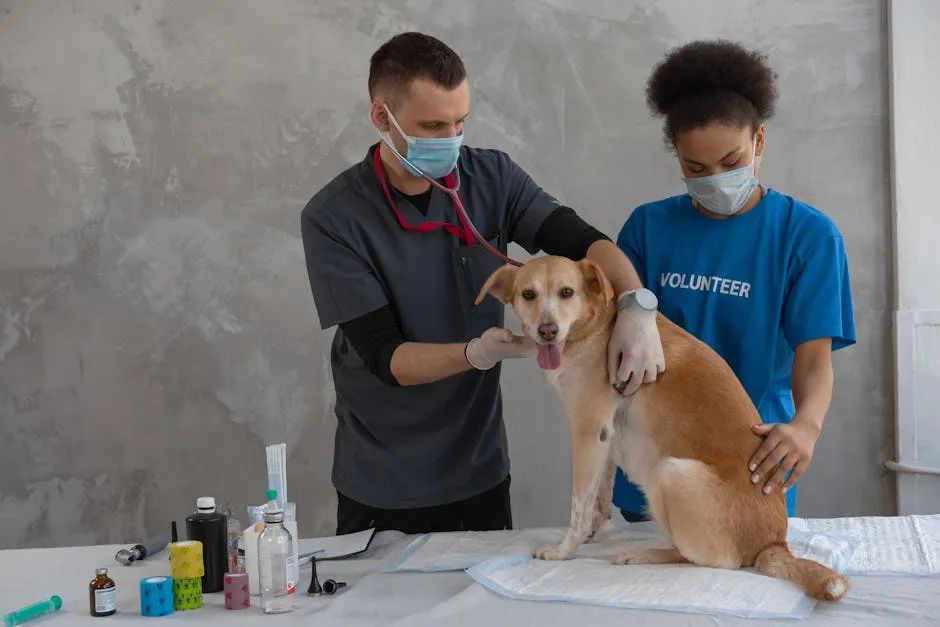
Methods of Platelet Counting
Automated Platelet Counting
Automated platelet counting methods are popular in veterinary practices. These systems use advanced technology to count and analyze blood samples quickly. They provide results efficiently, making them ideal for busy clinics. However, automated methods can have limitations. They might miss subtle changes in platelet morphology due to clumping or large platelets. This can lead to inaccuracies in results, which is why manual verification is often recommended.
Manual Platelet Counting
Manual platelet counting is a hands-on method that involves using a hemocytometer. This process allows for a detailed examination of the sample. Here’s a step-by-step procedure:
- Sample Preparation: Begin by mixing the blood sample gently with an anticoagulant. This prevents clotting and ensures accurate counting.
- Dilution: Dilute the sample appropriately, usually with a specific diluent designed for platelet counting.
- Loading the Hemocytometer: Place a cover slip on the hemocytometer, then load the diluted sample onto the counting chamber.
- Counting: Using a microscope, count the number of platelets in several fields of view. Average these counts to determine the platelet concentration.
Proper sample handling is crucial for accuracy. Make sure to avoid delays between collection and analysis. Potential errors can arise from platelet clumping, which may falsely lower counts. Debris in the sample can also interfere, leading to incorrect results. Thus, meticulous attention to detail is essential for reliable outcomes.

If you’re looking to equip yourself with the right tools for this process, a reliable Hemocytometer for Manual Blood Counting is essential. It allows for precise counting and analysis, ensuring you get accurate results every time!
Estimation from Blood Smears
Estimating platelet counts from blood smears is a practical skill for veterinarians. This technique can provide quick insights when assessing a dog’s health. Here’s how you can perform this estimation effectively.
How to Perform Platelet Estimation from Blood Smear Examination. Start by preparing a well-stained blood smear. Using a microscope, examine the smear under a high power objective (100x). Count the number of platelets in several fields, typically ten. Ensure you focus on the monolayer area of the smear for an accurate count.
Formula for Estimating Platelet Count from Smear Data. To estimate the platelet count, use the following formula: Estimated platelet count/µL = average count in 10 fields x 15,000. For instance, if you find an average of eight platelets per field, your estimated count would be 120,000/µL. This estimation helps provide a baseline for further diagnosis.
Importance of Smear Quality and Techniques for Accurate Estimation. The quality of your blood smear is crucial. A well-prepared smear reduces artifacts and ensures accurate counting. Avoid smears that are too thick or too thin, as they can lead to misleading results. Proper staining techniques also enhance visibility. Always check for platelet clumping, as this can skew your count. Maintaining these standards is vital for reliable estimates.
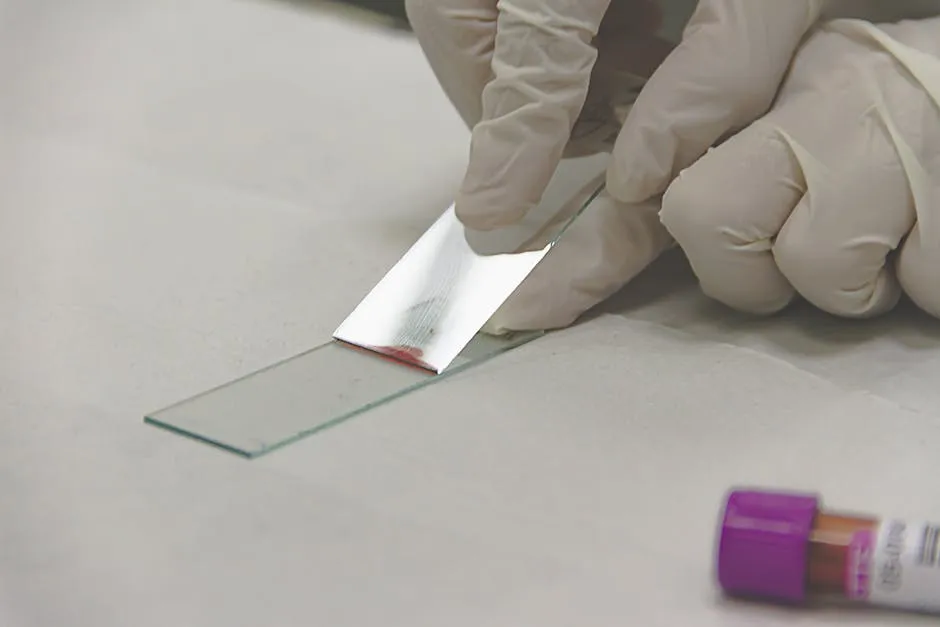
Interpretation of Results
Understanding Normal and Abnormal Counts
What Constitutes a Normal Platelet Count in Dogs.
Normal platelet counts in dogs typically range from 200,000 to 500,000 platelets per microliter (µL) of blood. Staying within this range is important for healthy clotting function.
Implications of Low Platelet Counts (Thrombocytopenia) and Potential Causes.
Low platelet counts, known as thrombocytopenia, can lead to increased bleeding risks. Causes may include bone marrow disorders, immune-mediated issues, or infections. If your dog shows signs of bruising or unusual bleeding, it’s essential to consult a veterinarian promptly.
For those concerned about their dog’s health, having a Dog Health Monitoring Book can provide valuable insights into symptoms and care. It’s a handy reference for tracking your dog’s health and spotting potential issues early.

Implications of High Platelet Counts (Thrombocytosis) and Potential Causes.
High platelet counts, or thrombocytosis, can indicate underlying health issues. This condition might occur due to inflammation or chronic blood loss. Elevated platelet counts alone aren’t always alarming but warrant further investigation if consistent. Always look for additional symptoms or underlying causes to ensure your dog’s well-being.
Clinical Signs Associated with Platelet Disorders
Understanding the signs of platelet disorders is crucial for timely intervention. Dogs with these issues may exhibit specific symptoms that indicate their health status.
Common Symptoms of Thrombocytopenia
Thrombocytopenia refers to low platelet levels. Dogs with this condition often show visible signs. Look for bruising, also known as ecchymosis, which appears as dark spots on the skin. Petechiae, tiny red spots, may appear on the gums or skin. These signs indicate minor bleeding under the surface. Additionally, your dog may experience prolonged bleeding from cuts or during surgery. If you notice unusual bleeding or your dog seems lethargic, it’s essential to consult a veterinarian.
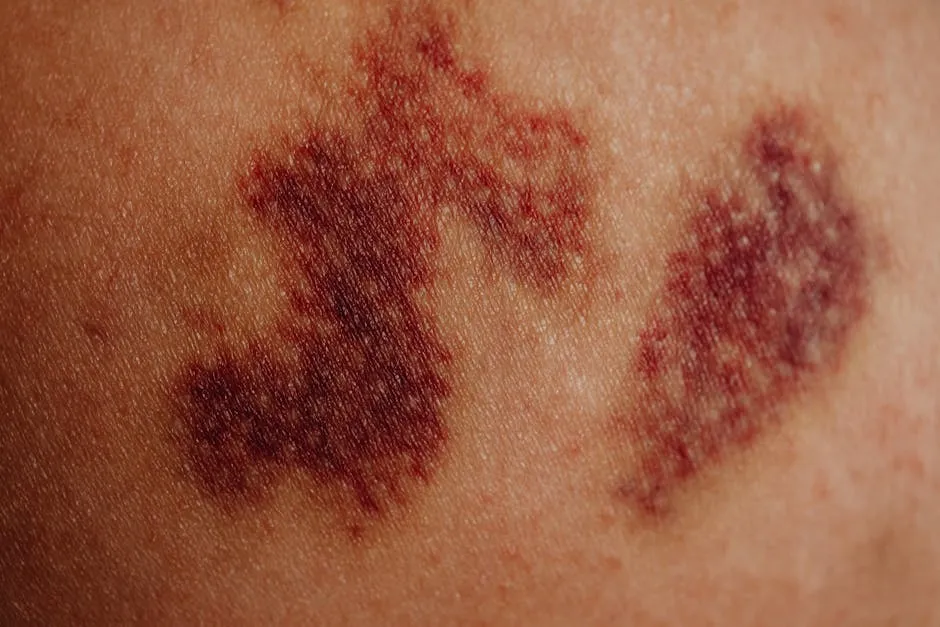
For those on the frontlines of caring for their pets, a Pet First Aid Kit is a must-have. It prepares you for unexpected situations and ensures you can provide immediate care when your furry friend needs it most.
Symptoms Associated with Thrombocytosis
Thrombocytosis is characterized by high platelet counts. Dogs with this condition may not show obvious symptoms. However, some might experience inflammation, which can manifest as swelling or pain in certain areas. Increased platelet counts could also indicate underlying health issues, such as chronic inflammation or infection. Monitoring your dog’s behavior and health is vital, as subtle changes can signal a need for veterinary attention. If your dog seems off or has unexplained symptoms, reach out to your vet for further evaluation.
Common Platelet Disorders in Dogs
Platelet disorders can significantly impact your dog’s health. Understanding these conditions is essential for effective management.
Thrombocytopenia
Thrombocytopenia is a reduction in platelet numbers, often due to various causes. These may include bone marrow disorders, autoimmune diseases, or certain medications. Diagnosing this condition typically involves blood tests to confirm low platelet counts. Treatment options vary based on the cause. They may include corticosteroids, blood transfusions, or addressing underlying issues. Regular monitoring is key to managing your dog’s health effectively.
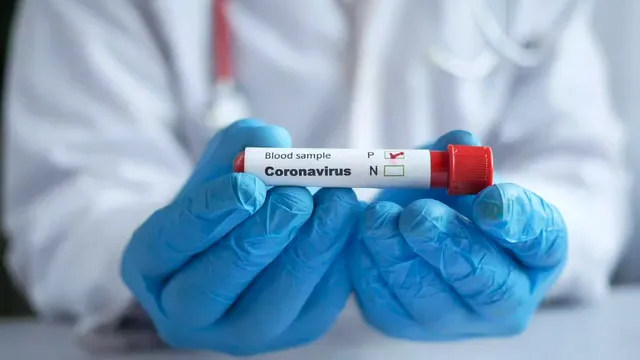
Thrombocytosis
Thrombocytosis refers to an increase in platelet count. It can arise from primary bone marrow disorders or secondary causes like chronic inflammation. Diagnosis typically involves blood tests to confirm elevated counts. Management strategies depend on the underlying cause. If thrombocytosis is reactive, treating the underlying condition often resolves the issue. Regular veterinary check-ups will help ensure your dog remains healthy and any changes in platelet levels are addressed promptly.
For those who want to be proactive about their dog’s health, consider exploring a Canine Platelet Disorders Guide. It’s an excellent resource for understanding various platelet disorders and how they can affect your dog’s health.
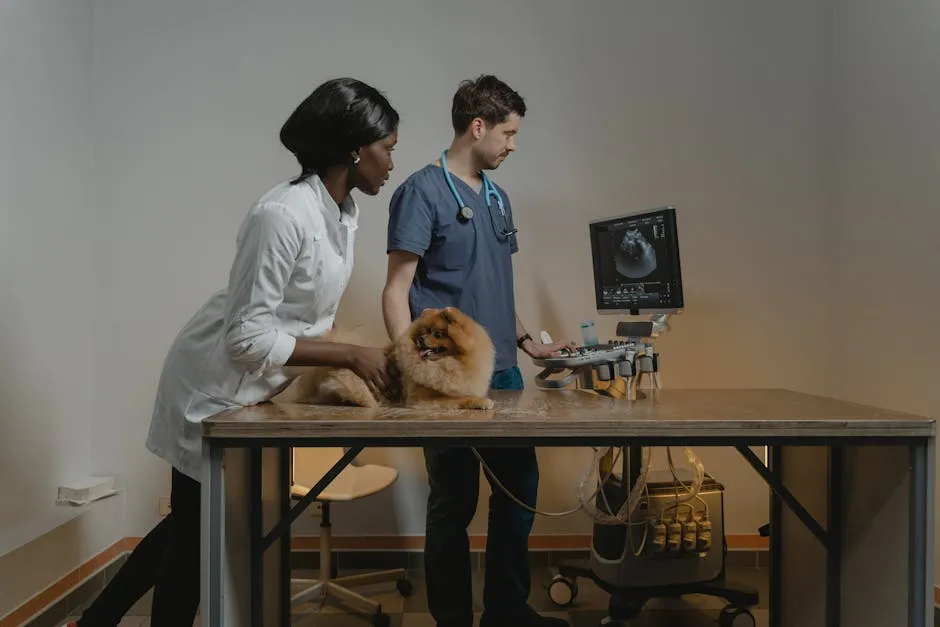
Von Willebrand Disease
Von Willebrand disease is an inherited bleeding disorder affecting platelet function. Dogs with this condition have a deficiency in von Willebrand factor, crucial for platelet adhesion. This can lead to excessive bleeding, especially during surgeries or injuries. Diagnosis often involves specific blood tests to assess clotting ability. Early detection is vital, as it allows for proper management strategies. Treatment may include desmopressin therapy or blood product transfusions to minimize bleeding risks. Understanding this condition can help you provide better care for your furry friend.
Best Practices for Accurate Platelet Counting
Sample Collection and Handling
Accurate platelet counting starts with proper sample collection. Use EDTA as the recommended anticoagulant. It helps prevent clotting, which can distort results. When collecting blood, fill the tube completely to avoid artifactual changes.
Timely analysis is crucial. Platelet counts can decrease if samples are stored too long. Ideally, analyze the sample within a few hours. If immediate testing isn’t possible, store it in a refrigerator. Avoid freezing, as it can damage the platelets.
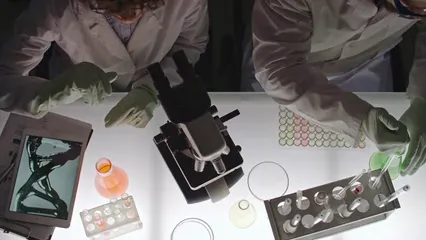
Troubleshooting Common Issues
Platelet counting can face challenges, such as clumping. Clumps can lead to falsely low counts. To address this, gently mix the sample after collection. This helps disperse any aggregates. Always inspect blood smears for clumping before counting.
Another common issue is debris interference. Ensure your sample is clear and free of contaminants. If necessary, prepare a new smear to confirm results. Following these best practices helps maintain sample integrity and ensures accurate platelet counts.

For those who want to be prepared for any situation, having a Pet Stain Remover can be a lifesaver. Accidents happen, and having the right tools on hand can make cleanup a breeze!
FAQs
What is the normal platelet count for dogs?
The normal platelet count for dogs typically ranges from 200,000 to 500,000/µL.
How can I tell if my dog has a platelet disorder?
Signs include bruising, bleeding, or lethargy. Monitor your dog for unusual symptoms.
What causes low platelet counts in dogs?
Low platelet counts, known as thrombocytopenia, can result from various factors. These may include autoimmune diseases, infections, or bone marrow disorders.
Is manual counting more accurate than automated methods?
Manual counting can be more accurate, especially in cases of clumping. Automated methods may overlook subtle issues.
What steps should I take if my dog’s platelet count is abnormal?
Consult your veterinarian for further tests and treatment options. Monitoring your dog’s health is crucial.
Can diet affect platelet counts in dogs?
Yes, nutrition can impact platelet health. A balanced diet supports overall blood health and function.
And for those moments when your dog just needs a bit of pampering, a Dog Grooming Kit can be a fantastic addition to your pet care routine. Regular grooming not only keeps your dog looking sharp but also helps with health monitoring!
Please let us know what you think about our content by leaving a comment down below!
Thank you for reading till here 🙂
All images from Pexels

